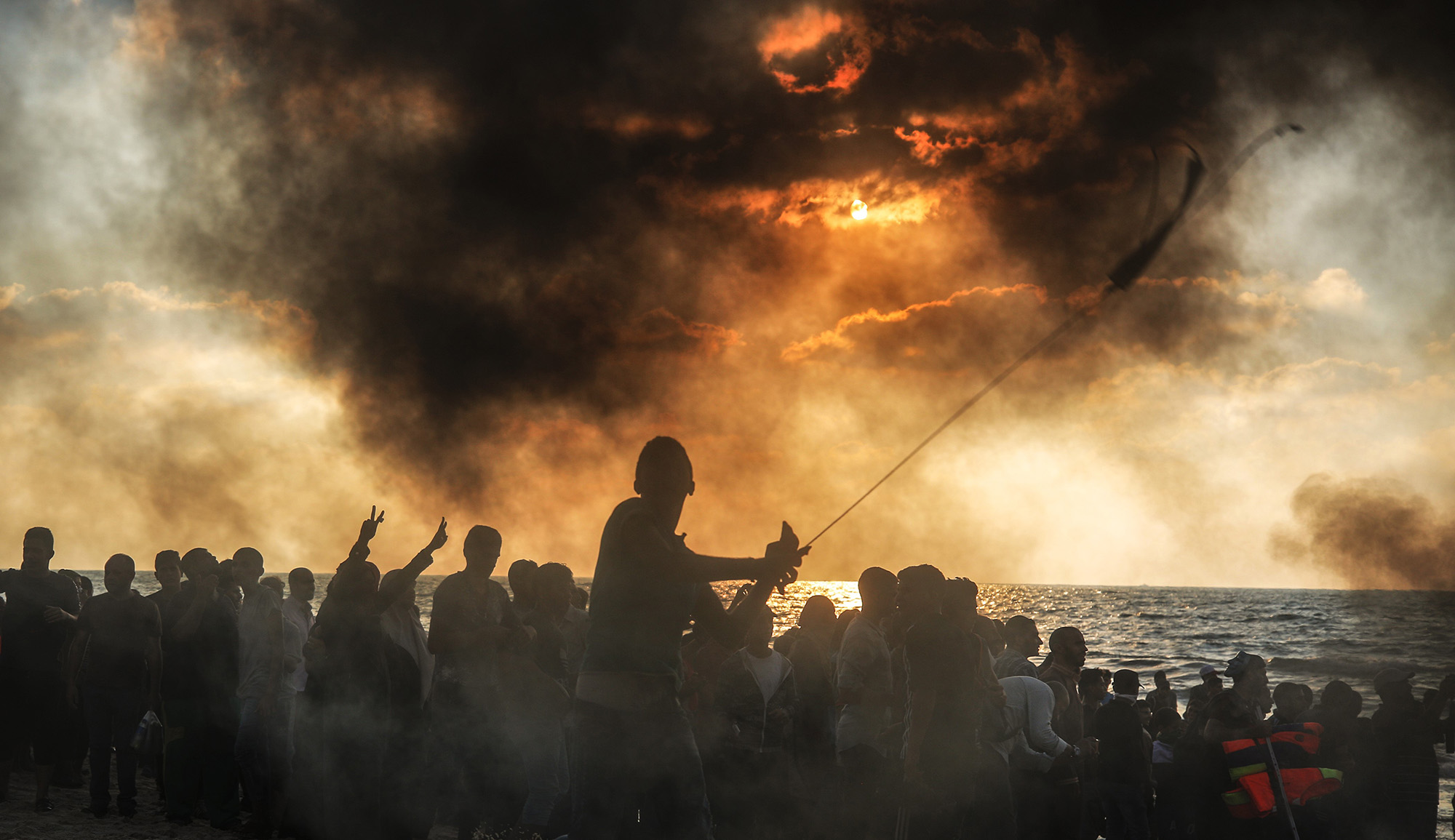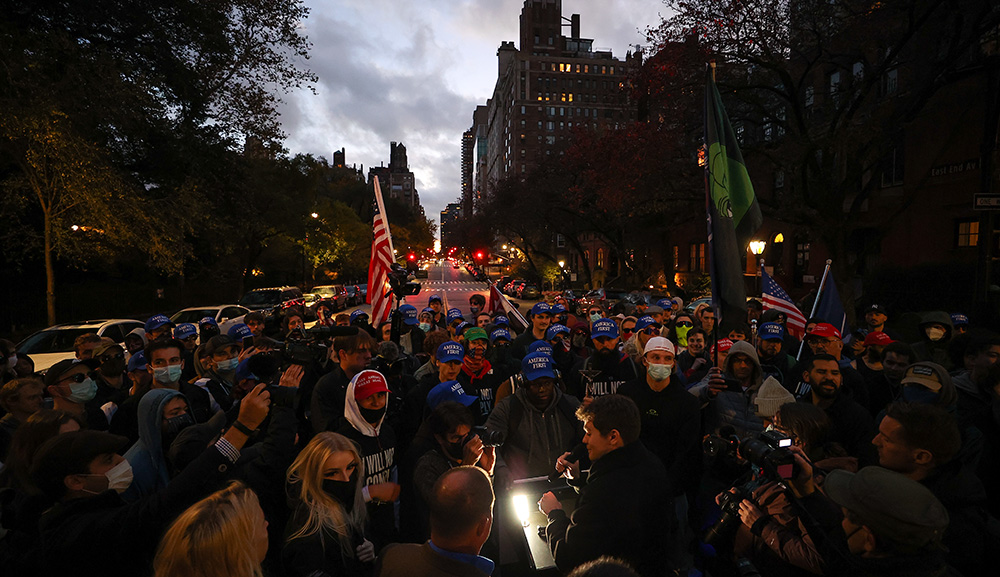On July 5, Claude Lanzmann—whose epic documentary Shoah brought the story of Hitler’s war against the Jews to thousands, if not millions, of viewers—died at the age of ninety-two. Walter Reich reflects on Lanzmann’s contributions, and on years of showing the film to students in a course on the Holocaust:
[S]ome sources of Holocaust memory that we study can muddy it, especially commercial films. For a Holocaust-related commercial film to be successful, it usually has to leave the viewer feeling at least some sense of relief, such as the rescue of a thousand Jews by Oskar Schindler, some of whom are shown at the end of the film, with their children, paying homage to his memory at his stone in a Christian cemetery in Jerusalem. Films that are brutally honest fail commercially—such as The Grey Zone, probably the finest Holocaust film ever made. Some films utterly distort Holocaust memory for millions. The worst offender was Life Is Beautiful, which won an Oscar, was seen by many millions around the world, and was a sentimentally saccharine lie. After watching this feel-good creation, some viewers imagined that in the Holocaust Jews routinely joked around and children survived in barracks thinking they were playing games. . . .
But the testimonies preserved in Lanzmann’s Shoah, and the film as a whole, are a source of Holocaust memory in a class by itself. My students experience the wrenching words of survivors uttered in the very places where they were among the few who weren’t murdered. They watch local citizens who knew of the killing operations even as they looked the other way and even as they saw Jews through anti-Semitic lenses. And they watch killers being interviewed. In Shoah, the survivors are far younger than the ones who have been filmed in recent years, far closer to the event itself. . . .
Toward the end of my Holocaust-memory course, the students study the ways in which that memory has been denied by anti-Semites; hijacked by government officials, including our own, to further political ends; distorted by nationalists in Eastern Europe who want to cleanse their own countries of the stains left by the participation of their own citizens in murdering Jews; and inverted by enemies of Israel by claiming that the Jewish state is doing to others what others once did to Jews. All this even as survivors of the Holocaust die and their living voices of conscience are stilled.
Except as preserved in great works. And the greatest of them all is Claude Lanzmann’s Shoah.
More about: Claude Lanzmann, Film, History & Ideas, Holocaust


